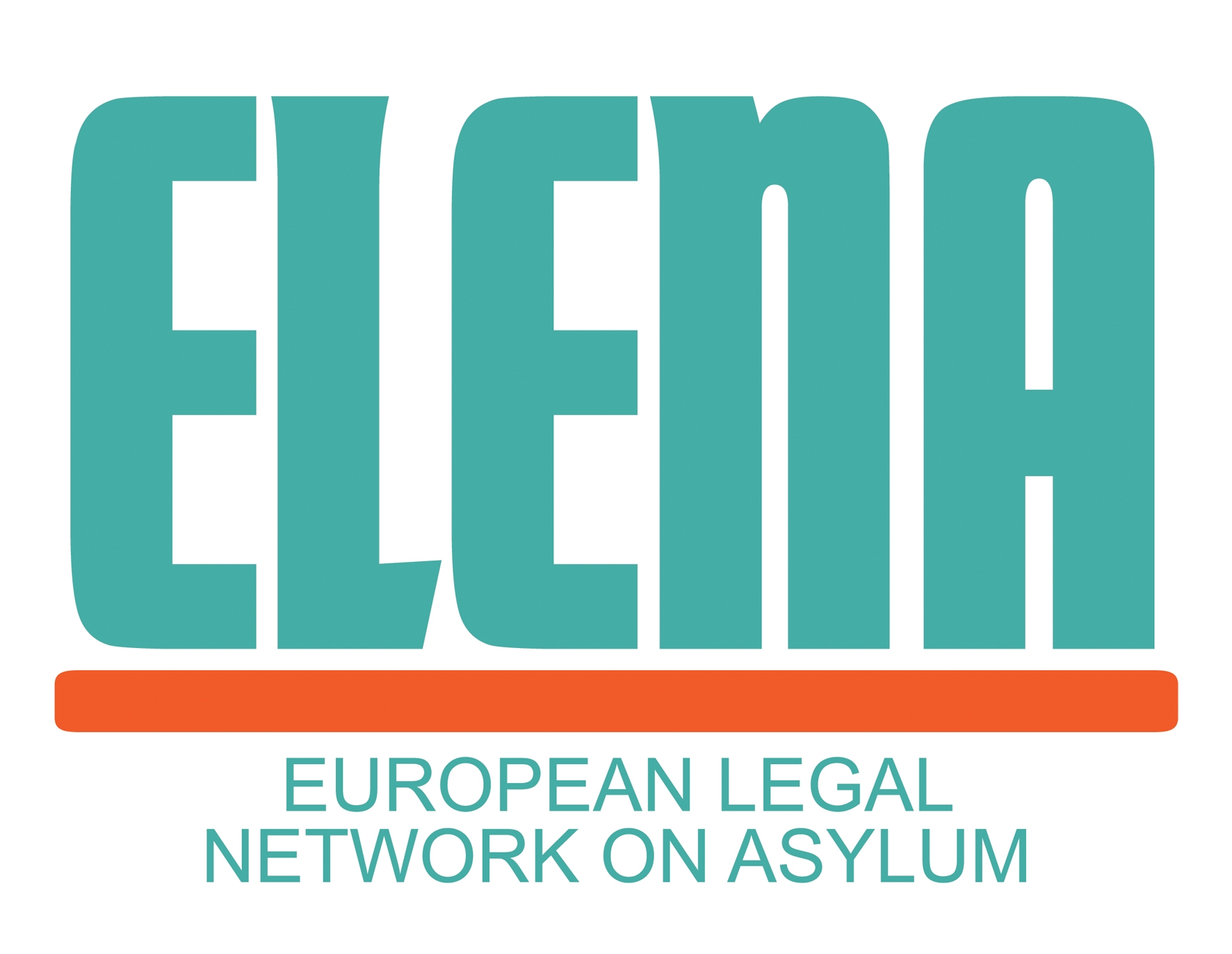On 1 December 2022, the Court of Justice of the European Union (CJEU) gave its ruling in BU v. Federal Republic of Germany (Case C-564/21). The case concerned the rejection of an application for international protection in the main proceedings and the subsequent request to the Germany Federal Office for Migration and Refugees (BAMF) to provide the applicant with the complete administrative file in the form of a single file in PDF format with consecutive page numbering. Following the rejection of this file request, the person concerned applied to the referring court for interim measures.
Firstly, the Court acknowledged that Directive 2013/32 (Asylum Procedures Directive) protects the right of access to the file in proceedings concerning applications for international protection, as well as implements the principle of effective judicial protection by ensuring that an effective remedy provides for a full and ex nunc examination of both the facts and the legal issues. In this regard, the Court addressed whether the right to a fair trial under Article 47 of the Charter, Charter obliged MS to submit the administrative file in such a way that, even where it is in electronic form, it is complete and paginated, and changes are therefore traceable. In particular, the Court clarified that the right to access the file enables the person against whom an adverse act has been adopted to examine all the documents in the investigation file that are likely to be relevant to the defence. For a method of communication to comply with this right, the Court considered it is for the national court to assess the guarantees of a faithful reproduction, as far as possible, of the structure of that file and the chronology of the submission of the various documents, so that the applicant’s representative can check whether all the documents relevant to the applicant’s defence are in the file and, where appropriate, to request disclosure of the missing documents or the reason for their absence. In the absence of a uniform standard at the EU level governing that method of communication and in the context of new technologies, it was accepted that different solutions may be functionally equivalent and capable of providing sufficient guarantees for the protection of the right of access to the file. Subsequently, the CJEU highlighted that an adequate transmission of the file concerned ensures the effectiveness of the applicant’s rights of defence.
For these reasons, the Court found that EU law does not preclude national administrations deciding on applications for international protection to give the applicant’s representative a copy of the electronic file relating to that application in the form of a series of separate files in PDF format, without consecutive page numbering, and the structure of which can be viewed using free software readily accessible on the internet as long as two conditions are met: first, that that method of disclosure guarantees access to all the information in the file relevant to the applicant’s defence; and, secondly, that the method of communication offers as faithful a representation as possible of the structure and chronology of that file, subject to cases where public interest objectives prevent the disclosure of certain information.
Secondly, the CJEU addressed whether the Asylum Procedures Directive 2013/32 must be interpreted as meaning that a decision on an application for international protection must bear the handwritten signature of the official of the competent authority who made that decision for it to be considered to be communicated ‘in writing’. The Court clarified that the requirement that the decision on an application for international protection is communicated in writing does not imply an obligation that that decision be signed by the author but refers to an express decision that is not implied or implicit. Consequently, the Court concluded that a decision on an application for international protection does not need to be signed by the official of the competent authority who took that decision in order for it to be considered to be communicated in writing within the meaning of that provision.

